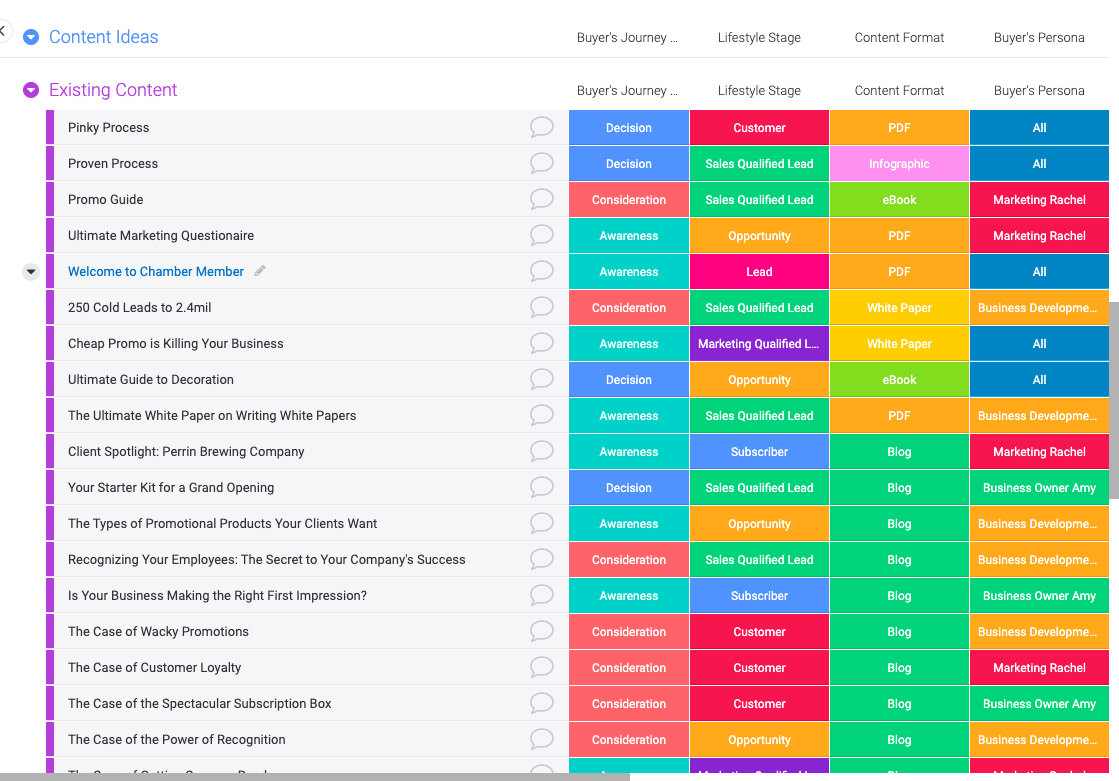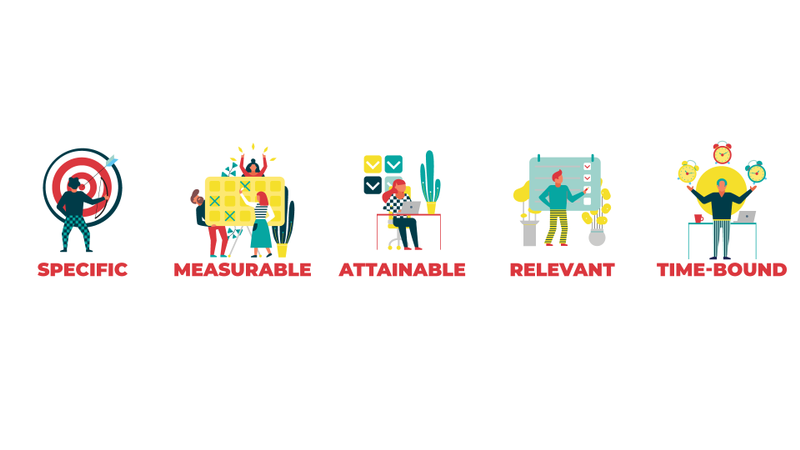Oh, Hello Branding Group
What is a content audit?
Content audits are an extremely useful tool in creating a marketing strategy, but they can also be a great resource for salespeople. A content audit is going through every piece of content that exists for your business, and documenting where it can be found, what type of persona it is for, what type of format it is, and what stage in the buyer’s journey it falls under. A content audit should be a living, breathing document. Any time a new piece of content is created, it should be added to the content audit and categorized. This is extremely useful for both marketing and salespeople, because by analyzing and assessing all the content under your business, you are able to see what types of content you have too much of, where you could use additional pieces of content, and any other missing pieces. For salespeople, it can be the go-to place to find resources when prospecting. For example, if a salesperson is working on warming up a prospect, and they realize the prospect could use some information on a certain topic, they can easily go to the content audit where all finished content lives, and quickly find a downloadable or blog post to send to the prospect and help continue the sales cycle.
This is a quick snapshot of our own content audit for Oh, Hello Branding Group:

How do I start auditing my own content?
Content audits are extremely useful no matter what the size of your business is. However, running an audit can be time consuming and tedious, if done correctly. Since this is such a valuable asset to multiple aspects of your business, it’s important to do it the right way. That being said, if your business does have multiple people available to help run a content audit, it will be a lot easier than having one person try to tackle this giant task.
Step 1. Define Goals
Having goals established before you begin your audit will make the process go smoother and help you actually utilize the audit. Some examples of goals could include:
- Improve SEO ranking
- Increase audience engagement
- Improve conversion rate
Let’s say you’d like to improve your SEO ranking. When running your audit, you can analyze and assess all of your content with that goal in mind. Are all of your blog posts optimized for SEO? Do you have multiple pieces of content backlinked? Having a goal in mind can only help you run a better content audit. When coming up with your goals, make sure they are SMART Goals.

If you need any clarification on how to make SMART Goals, check out our free SMART Goal Template to help you come up with some ideas!
Step 2. Take Inventory
This is where you will gather every piece of content that exists under your business. This can include blog posts, downloadables, podcasts, quizzes, landing pages, videos, etc. You will want to keep your content somewhere, and there are many options available. Some of them include:
- Screaming Frog
- SEMRush
- DYNO Mapper
- WooRank
- Monday
No matter what tool you use, as long as you are able to document the type of content, stage in the buyer’s journey, content format, buyer’s persona, content link, and topic, you’re good to go.
Once you have everything categorized in a master document, you can even link or automate it (depending on what tool or document you’re using) so that it documents backlinks connected to the piece of content, social shares, and sessions spent on that content link.
Step 3. Analyze
Now you’re ready to start analyzing and interpreting the data you’ve compiled. Do you have 99 pieces of content that fit into your top buyer persona but only 1 piece of content that serves your second best buyer persona? Or do you have 35 blog posts and only 1 infographic? The content audit is there to give you a big picture view of all existing content. You should be able to identify any gaps or opportunities for new content. However, you aren’t limited to cranking out new content, as that can be very time consuming. You can repurpose old content, turn it into a new format, remove content that is not getting responses, or add things to improve pieces of content and make it even better.
Step 4. Create A Plan
Now that you’ve identified what type of content you have, how much of it you have, and areas where you could use new content, you can create a plan. This is why a content audit is so useful for creating a marketing strategy. This should also be tied to the goals that you identified earlier in the process. If the majority of your content is part of an inbound marketing strategy, you may consider creating paid ad campaigns and adding those to your overall marketing strategy. The possibilities when creating a strategy based off of content audit data are really endless.
To summarize, every business should have a content audit that is actively and consistently updated. Both marketing and salespeople can use the audit to create strategies for campaigns and to be used as a resource in sales calls. Even though it may seem like a lot of work at first, it is well worth the time and effort.
Want more useful marketing content like this?





Submit a Comment